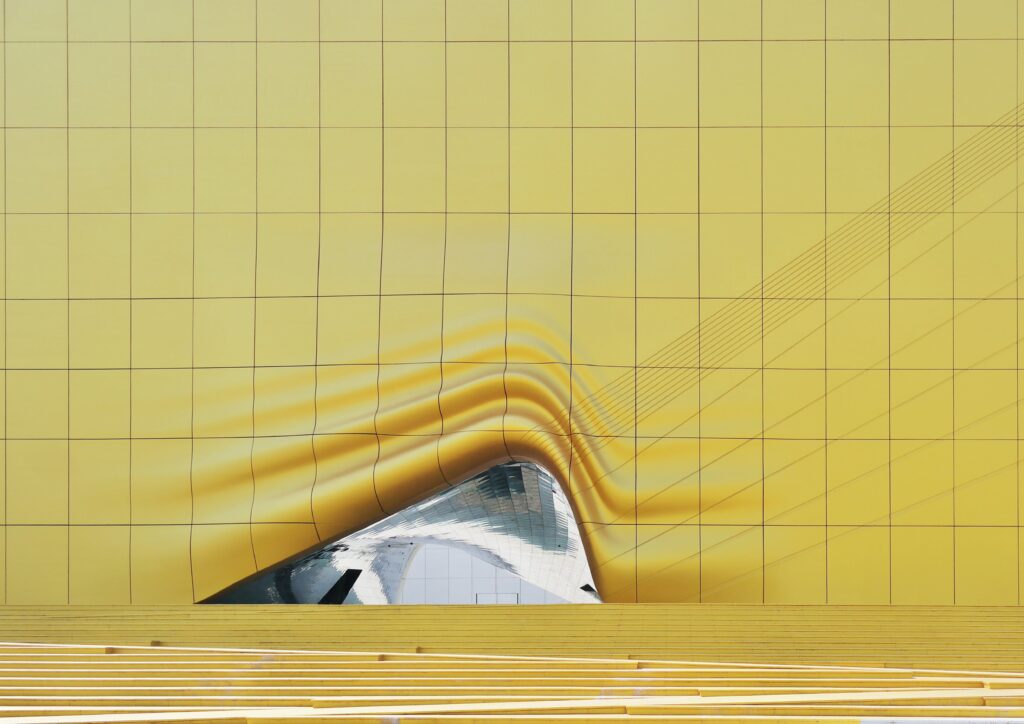In the realm of graphic design and layout, achieving a harmonious and organized visual presentation is essential. One powerful tool that designers often employ to create structured and balanced compositions is the modular grid. Modular grids provide a systematic framework for organizing content, helping designers maintain consistency and enhance readability. In this article, we will delve into the concept of modular grids, exploring their definition, benefits, and applications in the world of design.
Defining Modular Grids:
A modular grid is a design structure that divides a layout into proportional columns and rows, creating a framework where elements can be systematically arranged. Unlike traditional grids, modular grids allow for a more flexible and dynamic approach to design. Designers can easily adapt and experiment with various layouts while maintaining a sense of order and coherence.

Key Components of Modular Grids:
- Modules: At the core of modular grids are modules, which are individual units that make up the columns and rows. These modules serve as the building blocks for organizing content and establishing a visual hierarchy. By defining the size and spacing of modules, designers set the parameters for the entire layout.
- Columns and Rows: Modular grids are characterized by a structured arrangement of columns and rows. The number of columns and their widths can vary based on the design requirements, offering designers the flexibility to create unique compositions. Rows, on the other hand, help establish the vertical rhythm of the layout.
Benefits of Modular Grids:
- Consistency: One of the primary advantages of using modular grids is the ability to maintain consistency throughout a design. The predefined structure ensures that elements align harmoniously, creating a polished and professional look. This consistency is especially crucial for projects with multiple pages or sections.
- Readability: Modular grids contribute significantly to improved readability. By organizing content into logical sections, designers can guide the viewer’s eye through the information in a natural and intuitive manner. This is particularly valuable in editorial design, where readability is paramount.
- Adaptability: Modular grids provide a flexible framework that can be easily adapted to suit different design needs. Designers can experiment with various arrangements of modules, columns, and rows to create diverse layouts while maintaining an underlying sense of structure.
- Efficiency: Working within a modular grid enhances the efficiency of the design process. Designers can align elements quickly, ensuring a cohesive and visually appealing result. This efficiency is especially beneficial in time-sensitive projects or when working with a large volume of content.
Applications of Modular Grids:
- Editorial Design: Magazines, newspapers, and other editorial publications often rely on modular grids to organize content systematically. The use of consistent column widths and spacing ensures a cohesive layout that enhances the reader’s experience.
- Web Design: In the digital realm, modular grids are widely employed in web design. They provide a structured framework for organizing elements on a webpage, ensuring a responsive and visually pleasing layout across various screen sizes.
- Branding and Collateral: Branding materials, such as brochures, business cards, and stationery, benefit from the use of modular grids. This ensures that brand elements are consistently presented, reinforcing a cohesive visual identity.
Conclusion:
In the dynamic and creative world of design, achieving a balance between visual appeal and structure is a constant challenge. Modular grids serve as a powerful ally in this endeavor, offering designers a systematic and flexible framework for organizing content.
The benefits of consistency, readability, adaptability, and efficiency make modular grids an invaluable tool across various design disciplines, from editorial and web design to branding and beyond. As designers continue to push the boundaries of creativity, modular grids remain a timeless and effective solution for achieving design harmony.